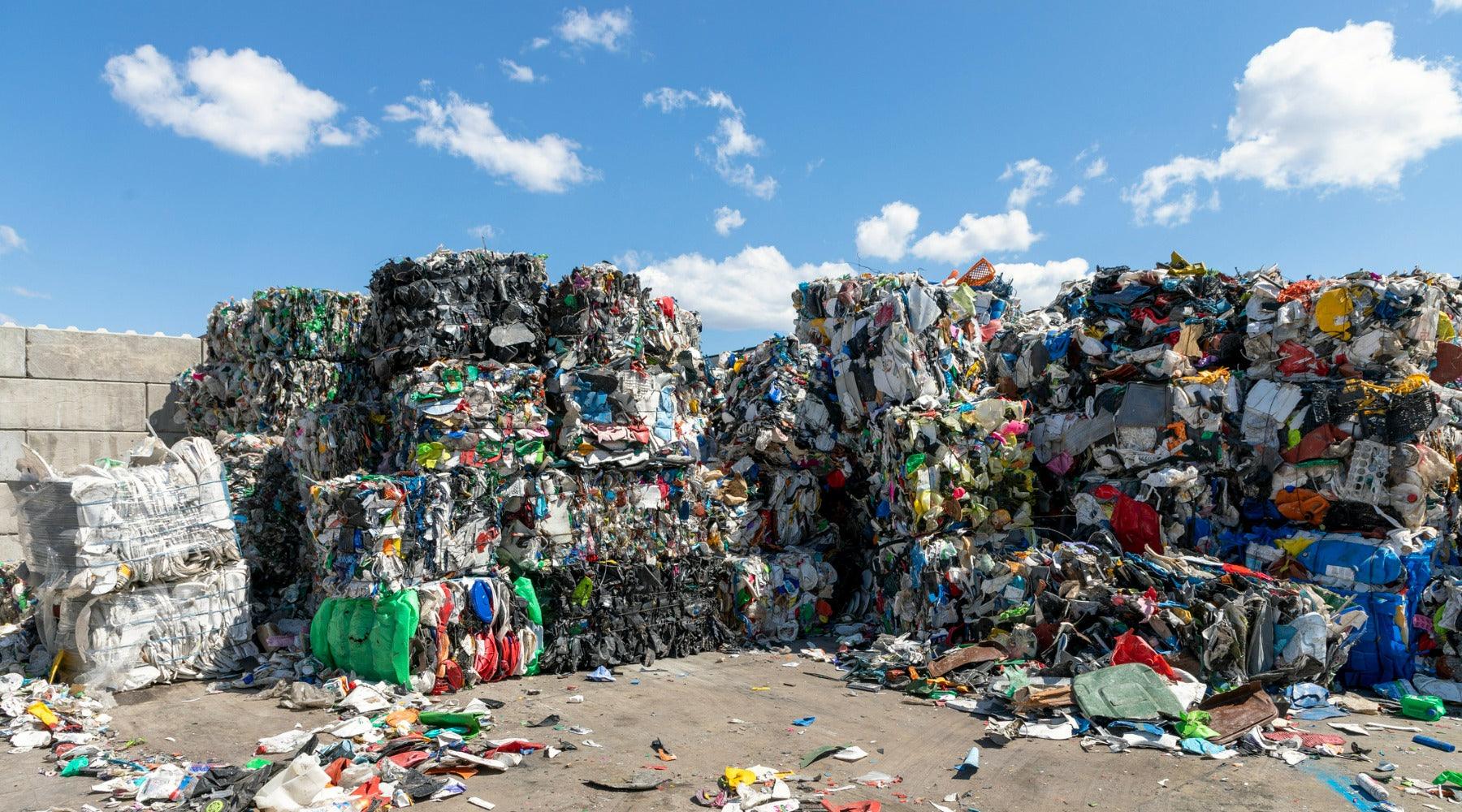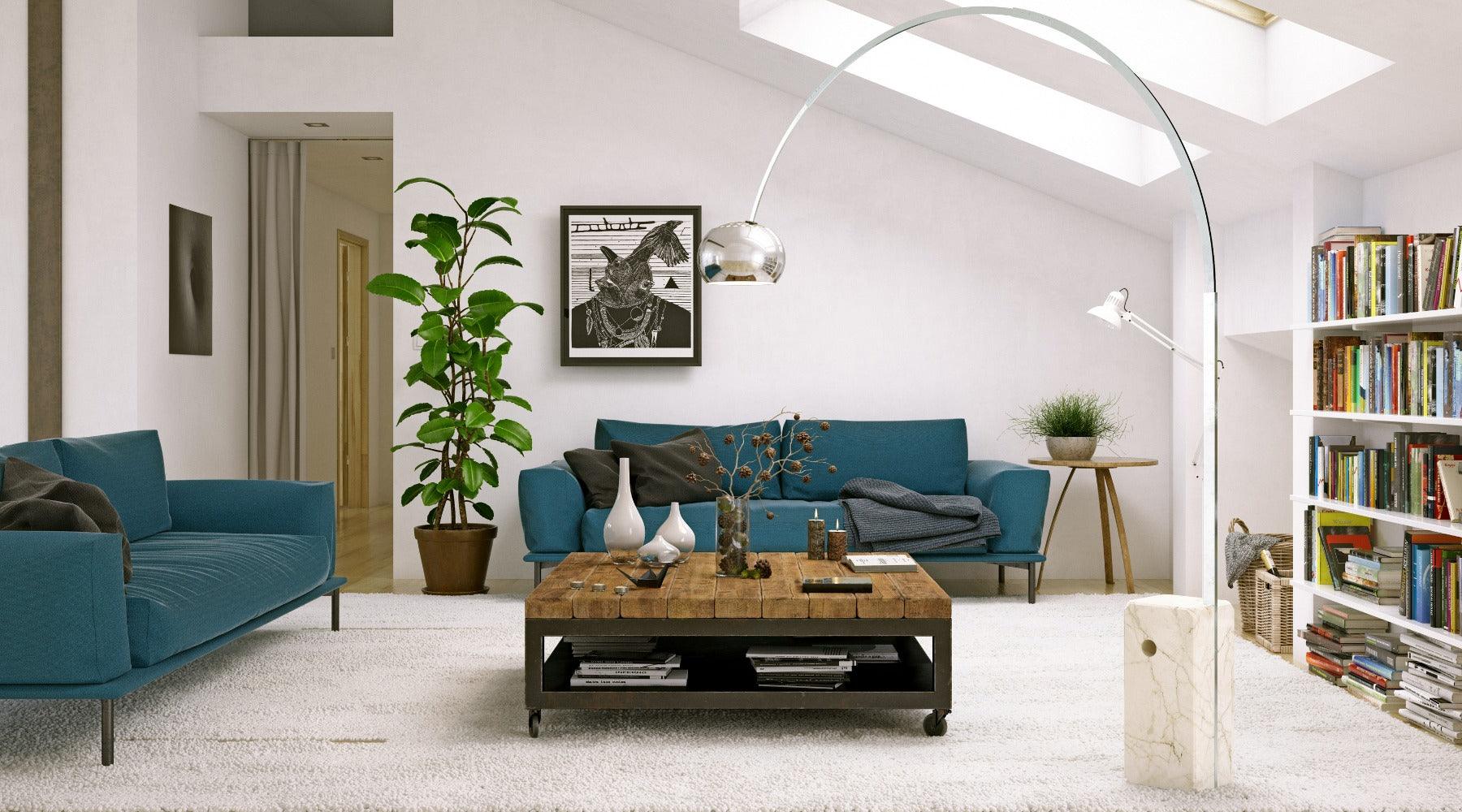
What's the True Cost of Cheap Goods and Textiles?
By outsourcing production and labor to developing countries, we have enjoyed decades of inexpensive clothing and textiles—but it’s come at a high economic and environmental cost. Which begs the question—how cheap are cheap goods, really?
In late 2020, the De Aanzet grocery store in Amsterdam launched a fascinating social experiment: listing each item’s “true” price alongside its retail price. The difference represented the hidden costs of food—carbon emissions, worker underpayment, and the use of resources such as water and land. The prices were calculated by True Price, a Dutch nonprofit organization.
Although we can’t access a think tank to calculate the exact dollar amount of everything we purchase, it’s worth thinking about the hidden costs behind clothes and textiles—and how much they’re truly worth.

The Environmental Cost of Cheap Textiles
Textiles have never been cheaper or easier to buy and as a result, their perceived value is lower than ever. We wear only 20% of our clothes on a regular basis; on average, we wear a garment only seven times before discarding it. Of our discarded clothes, only a small fraction end up in charity shops or are sent to developing countries—the rest end up in landfill. The cost of expanding landfill sites and paying workers to maintain them eventually ends up with the taxpayer.
The fashion industry is a direct contributor to global warming. It’s responsible for 10% of global carbon emissions—more than international flights and maritime shipping combined! We’re already seeing the devastating effects of global warming playing out across the U.S.—effects that have a direct impact on how your taxes are spent. We need public money to support our firefighters as they tackle the latest deadly blaze, to build flood defenses as coastal cities battle rising tides, to rebuild roads and schools after a hurricane.
Cheap Goods Make Us Poorer
Textile and fashion companies drive down the price of their goods by outsourcing labor to developing nations such as China, India, and Vietnam. This has caused the loss of “blue-collar” factory jobs back home, leading to long-term wage suppression that negates any savings we might have made in store. In 2017 alone, 14,200 jobs were lost across the US textile and apparel industries—“Made in the USA” just can’t compete with short-term savings.

How Do You Price Human Rights Violations?
And what of the workers in developing countries? In order to keep up with our fast-fashion addiction, many companies source cheap cotton from Xinjiang province in China, which now produces 20% of the world’s cotton. In 2020, an independent report revealed that over half a million people from ethnic minority groups have been coerced into picking cotton in Xinjiang, as part of a “labor transfer program” that overwhelmingly targeted Uighur and other Muslim minorities. Despite government sanctions and a spate of company statements disavowing its use, widespread garment testing in fall 2021 revealed that 16% of cotton garments on sale in the US still contained traces of Xinjiang cotton.
This is just one example of appalling human rights abuses that have taken place in the name of consumerism—and for every Xinjiang and Rana Plaza, there are thousands more violations that go unreported and ignored. No think tank will put a price on this, so it’s up to us to consider the value of these lives—and how much that cheap cotton shirt is really worth.
How to Consume More Responsibly
Sometimes it seems that there’s little we can do as individuals but by buying less and buying better, we can “vote with our wallets” and force companies to change.
- Be alert. Keep your eyes open for consumer tricks. Companies will pressure you into buying a product by making it seem scarce, using bright sale signs and threatening slogans such as "once it's gone, it's gone." But in truth, there are more garments being produced than ever—so don't fall for it!
- Rent, don’t buy. Companies like Rent the Runway allow you to rent your clothes—and then return them when you want something new. You can even take out a subscription service, so you'll get a brand-new designer closet every month at minimal cost to you and the environment.
-
 Buy once, buy well, and mend. Buy high-quality, sustainably-made textiles that last. Look for OEKO-TEX certification and durable materials such as linen. If your garment does get damaged, don't throw it away—take it to be fixed, or fix it yourself!
Buy once, buy well, and mend. Buy high-quality, sustainably-made textiles that last. Look for OEKO-TEX certification and durable materials such as linen. If your garment does get damaged, don't throw it away—take it to be fixed, or fix it yourself!
What We're Doing Differently
As a textile company, we knew from the start that we wanted to be part of the solution, not the problem. That is why we only used certified organic, 100% Belgian, French, and Dutch flax linen that is manufactured under the strictest European labor laws. With our organic European linen bedding, you can rest easy knowing that:
- Our Scandinavian design bedding is made from certified and traceable European flax: a natural carbon sink that removes CO2 from the atmosphere. And with every order, we pay to offset the carbon emissions from shipping.
- Our Nordic-style duvet covers carry OEKO-TEX certification, which means that there are no harmful chemicals in what you drape over your skin every night.
- Our organic linen bedding carries GOTS certification, which means that they are organic and produced under strict ethical and environmental regulations. Look for this certification on all textile products you buy.
- Our products are made using only the highest quality European flax linen—the strongest natural fiber—so they are long-lasting. And at the end of their lifecycle, they are 100% biodegradable.
- Our flax is grown using zero artificial irrigation, zero defoliants, zero pesticide, and zero chemicals are used in its transformation into yarn.
How will you be consuming more responsibly? Have you already made changes to how you shop? Let us know on Instagram, Pinterest, Facebook, or Twitter!






Leave a comment
This site is protected by hCaptcha and the hCaptcha Privacy Policy and Terms of Service apply.